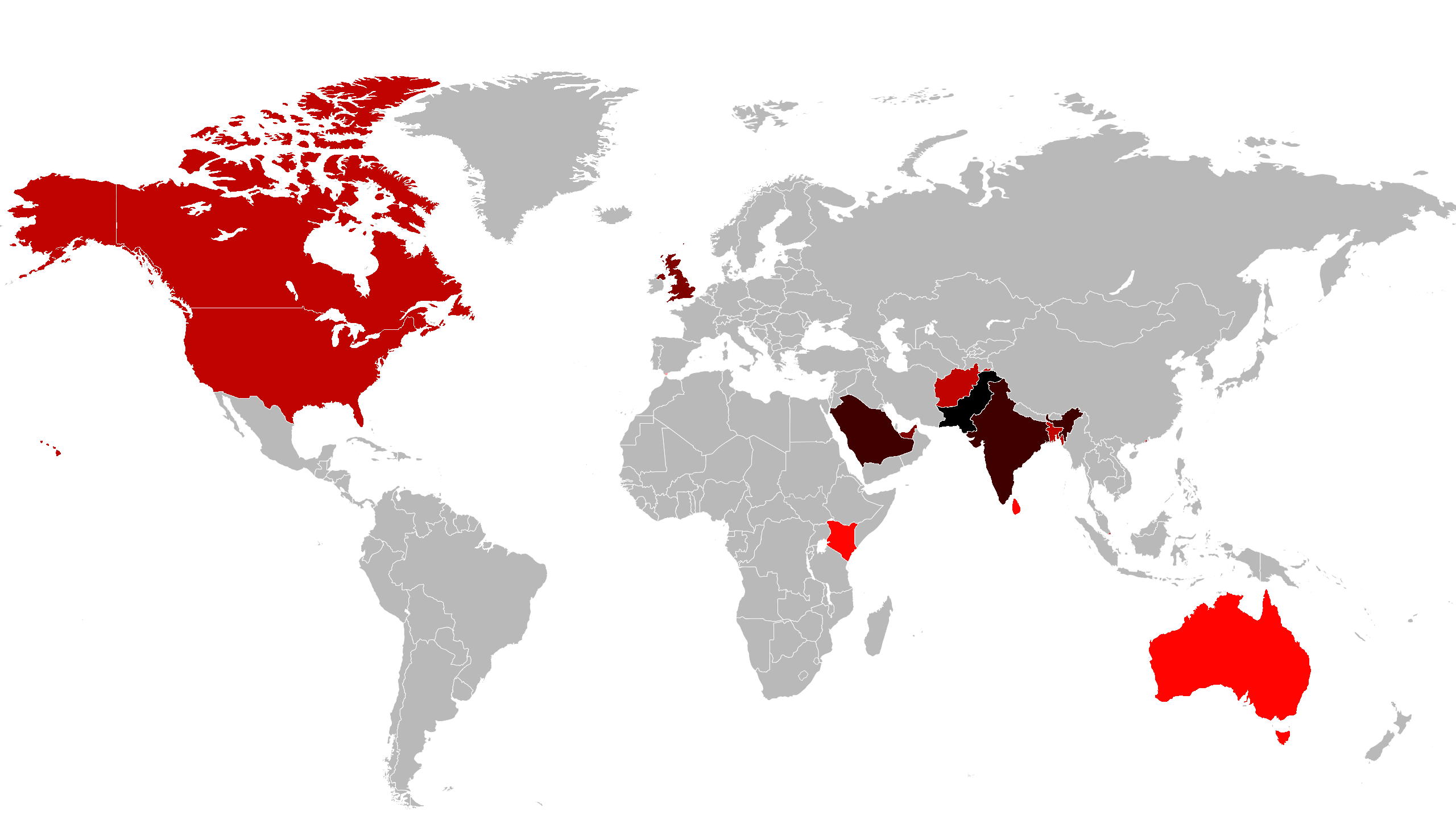The Sindhi people are one of the oldest communities in the Indian subcontinent with a rich and diverse history. They are indigenous to the Sindh region, which is now a province of Pakistan, but has also been a part of India throughout history. The history of the Sindhi people can be traced back to ancient times and is marked by various significant events that have shaped their culture and traditions. In this blog post, we will explore the timeline of the history of Sindhi people from ancient times to modern-day.
Pre-Historic Era: Sindhi people have a rich and varied history, which dates back to the pre-historic era. The Indus Valley Civilization, which was one of the world’s earliest civilizations, flourished in the region of Sindh around 2600 BCE. It was a highly advanced civilization that had a sophisticated system of writing, trade, and town planning.
The Arrival of Islam: In the 7th century, Sindh was conquered by Arab Muslims. The Sindhi people embraced Islam, and it became an integral part of their culture. This period was marked by the establishment of Islamic centers of learning and the growth of Sufi orders, which played a significant role in spreading Islam in the region.
The British Rule: In 1843, the British East India Company annexed Sindh and ruled the region until 1947. During the British rule, the Sindhi people faced significant challenges, including economic exploitation, political subjugation, and social discrimination. However, this period also saw the emergence of a modern Sindhi middle class, which played an instrumental role in the nationalist movement.
Partition of India: In 1947, India was partitioned, and Sindh became a part of Pakistan. The partition was a traumatic event in the history of Sindhi people, as it resulted in the displacement of millions of people and the loss of their ancestral homes.
Post-Partition Era: In the post-partition era, the Sindhi people faced various challenges, including political marginalization, economic deprivation, and cultural assimilation. However, they have also been able to maintain their unique cultural identity, which is reflected in their language, cuisine, music, and festivals.
Modern-Day: Today, Sindhi people are spread across the world, with significant populations in Pakistan, India, and other parts of the world. They continue to face challenges related to political representation, economic development, and cultural preservation. However, they also take pride in their rich cultural heritage, which is celebrated through various festivals, music, literature, and arts.
In conclusion, the history of Sindhi people is a testament to their resilience and perseverance. Despite facing various challenges throughout history, they have been able to maintain their unique identity and contribute to the diversity of the world’s cultures. By celebrating their heritage and culture, they continue to inspire generations to come.

Leave a Reply